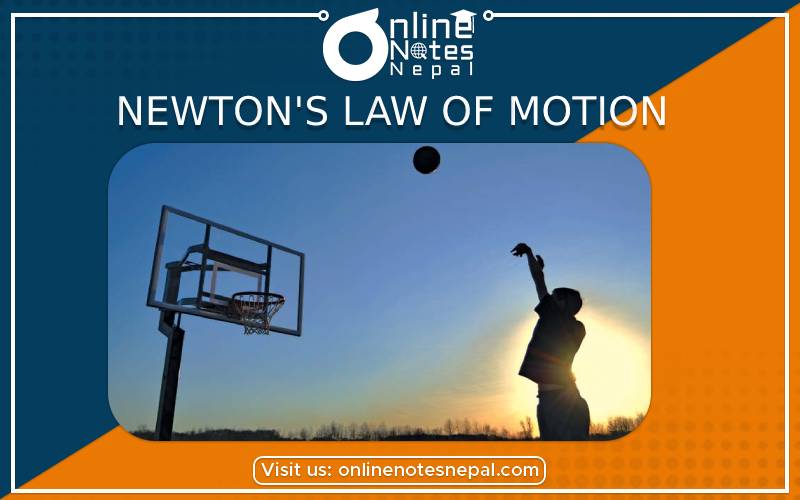Published by: Nuru
Published date: 12 Jan 2022

Sir Isaac Newton was an English mathematician, physicist, astronomer, theologian, and author widely recognised as one of the greatest mathematicians and physicists of all time and among the most influential scientists. He was a key figure in the philosophical revolution known as the Enlightenment.
Sir Isaac Newton created a detailed and systematic study of the motion of bodies and formulated the three laws of motion.
Newton’s first law states that ‘everybody continues in its state of rest or of uniform motion in a straight line unless an unbalanced force acts on it.’ Examples:
Interpretation of first law: According to the first law, a body continues to remain at rest if no unbalanced forces act on it. Similarly, the body will remain moving with uniform velocity in a straight line unless unbalanced forces act on it.
Newton’s second law of motion states that ‘acceleration produced in a body is directly proportional to the force applied to it in the direction of motion and inversely proportional to its mass.’ Example:
Interpretation of second law: If a small body is pushed gently, a small acceleration is produced. If it is pushed harder, a larger acceleration is produced. If two bodies, one lighter and another heavier, are pulled by the same amount of force in the same direction separately, it is found that the heavier body has less acceleration than the lighter body.
Newton’s third law of motion states that ‘to every action there is equal and opposite reaction.’ Example:
Interpretation of third law:
Third law implies that forces always occur in a pair and a single force is thus impossible.